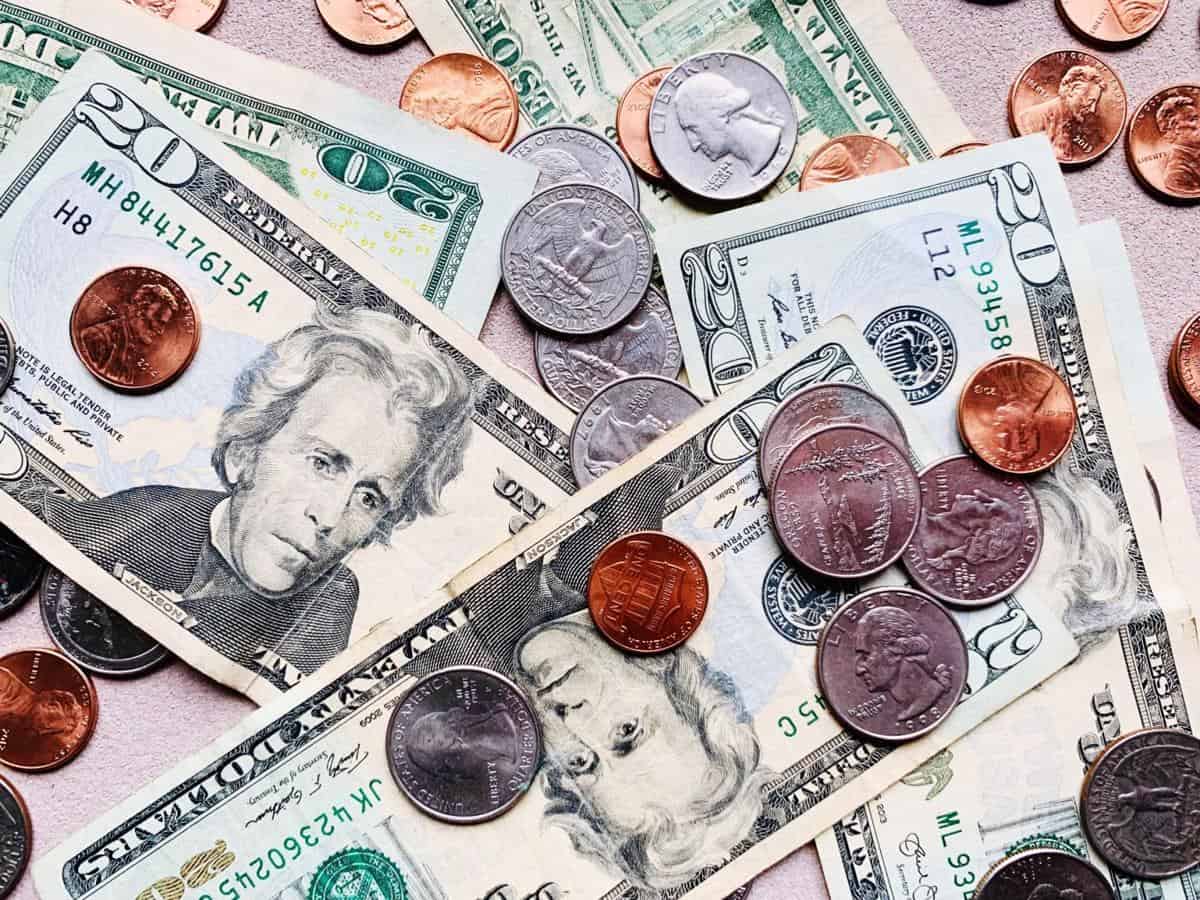When it comes to financial security, it’s comforting to know that you have adequate cash reserves to tap when you need them.
But there’s also a downside to stockpiling cash: It can drag down your portfolio’s returns over the long haul.
Sure, having a rainy-day fund can help you survive financial jams such as an unexpected car repair or job loss. But cash really shouldn’t play a big role in investment accounts meant to fund long-term goals such as retirement.
“Cash becomes a drag on returns really quick,” said Kristin McKenna, managing director at Darrow Wealth Management.
Weigh short-term needs against long-term goals to find an optimal cash position. Personal finance pros recommend a “bucket” approach that allocates cash over three different time frames.
A zero-cash allocation isn’t crazy. Once you have buckets one and two funded and can survive financial Armageddon, you likely have enough protection to invest aggressively with bucket three.
Bucket 1:
- Emergency fund. You need cash savings for emergencies such as an unexpected health care bill.
View your emergency bucket “as your personal safety net when life throws you a curveball,” said Judith Ward, senior financial planner at T. Rowe Price.
Single-income households should have six to 12 months of regular expenses set aside. For dual-income families, three to six months should suffice.
It makes sense for retirees to build a cash cushion of one to two years of living expenses so that they can tap their emergency fund to ride out a market decline without having to sell retirement savings at depressed prices.
“It’s about protecting your long-term assets,” said Ward, adding that research shows most balanced portfolios (60% stocks, 40% bonds) recovered fully from the bear markets of 2000 and 2008 within one to two years.
Bucket 2:
- Major expenses or intermediate-term goals. If a big-ticket purchase such as a new car, college tuition or the down payment on a new home is on the horizon, you should have the money socked away for it, too.
You can’t afford to risk money you’ll need in a few years in the stock market. High-yield savings or money market accounts, or even conservative short- or intermediate-term bond funds, are good choices for this goals-based bucket.
Bucket 3:
- Investments. For money earmarked for the long term, the less cash the better.
“We don’t see cash as having a place in an investment portfolio,” said McKenna, who recommends no more than 2%. Even a 5% to 10% cash weighting can act as a headwind. To maximize long-term returns, emulate the low cash holdings favored by fund managers.
The seven nations with the biggest government pension funds (a group that includes the U.S.) had average cash positions of 4% in 2019, UBS data shows.
Target-date funds from Vanguard, which get more conservative as you near retirement, hold only about 1% cash in portfolios that target retirement in as little as five years.

